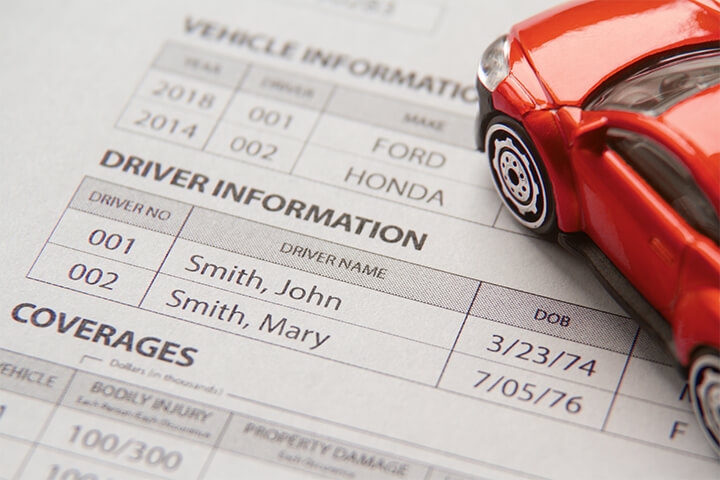
Car dealerships have undergone a complete metamorphosis due to several technological advancements. In the days of yore, consumers were at the mercy of sales professionals and dealership staff, without any means to reference the price of the vehicle. Today the roles have drastically changed; no longer are consumers reliant on the biased opinion of a sales professional. Instead, potential buyers walk into dealerships with printouts, price comparisons, and the confidence to walk away if the deal presented is not desirable. This drastic change can be attributed to the iconic Age of Information and the proliferation of information technology.

That was Then…
In previous generations, consumers were required to make a physical appearance at the dealership to shop for a vehicle. Once the consumer arrived, the sales staff rolled out the royal treatment and treated each consumer to the entire sales process. This included the review of the vehicle’s features and related benefits, a demonstration of the vehicle through a test drive, and then walking back to the sales professional’s office to begin negotiations. The customer was relatively clueless about the vehicle’s actual value compared to others, and the sales professional exerted complete control over the transaction. Ultimately, the automotive industry of yesterday has been characterized by sales professionals as the “glory days,” which were highlighted by lavish bonus checks, sketchy practices, and uninformed consumers who generally overpaid for vehicles.
This is Now…
Today the consumer is no longer an uninformed victim being led to the slaughter. Instead, consumers have been armed with boundless information regarding the vehicle and practically every other aspect of the purchase. The power of information has allowed customers to make wiser and more financially sound decisions. A salesman’s “pressure cooking” tactics are now fruitless and often result in the customer confidently walking away. Simply put, the game has changed, and this time the consumer is in the driver’s seat.

Today, the proliferation of automotive research sites, CarFax Reports, and consumer blogs arm consumers with just about as much information as the sales professionals have. Automotive research sites offer expert analysis, reviews, and insight into vehicles and the buying process that were traditionally reserved for industry insiders. Consumers can also rely on numerous additional informative articles published by trusted and well-known sources like Forbes Magazine’s “Common Car-Buying Mistakes to Avoid.” CarFax Reports take the unknown out of the history of a used vehicle by providing consumers with the vehicle’s number of previous owners, accident information, and salvage information on a single report. Another major source of information is through the first-hand experiences of other buyers. Consumers utilize blogs to express their personal and valuable opinions about the pros and cons of practically any vehicle. With this information, consumers are able to make a well-educated decision without the biased opinion and pressure of the dealership’s sales staff.
Today the Internet has not only removed the power from the dealership, but it has also made dealerships an optional accessory in the buying process. Instead of going through gruesome haggling and pointless negotiating, consumers can bypass the dealership completely. Several websites offer gargantuan inventories of vehicles that can be sorted by year, make, model, colour, and other features. This makes it easy to forgo all of the pressure and simply browse vehicles from the comfort of home. If and when the consumer is ready to purchase, they can do so based on several options and extremely competitive pricing. Typically, online car buying is an alternative option for consumers if they fail to receive the treatment or pricing they desire from a dealership.
Consumers truly exert control over every aspect of the automotive buying process. In the old days, dealerships practised aggressive outbound marketing techniques like direct mailers, cold calling, and sales letters to contact the customer. Today consumers who do not want to be interrupted are protected by Do Not Call Lists and armed with Caller ID systems. Dealerships have been forced to change their tactics to a more passive inbound marketing strategy, with which the dealership looks to become a trusted source of information and gradually build trust with the consumer. This practice is more desirable for consumers because the ultimate decision is not forced, but patiently awaited.
You must be logged in to post a comment.